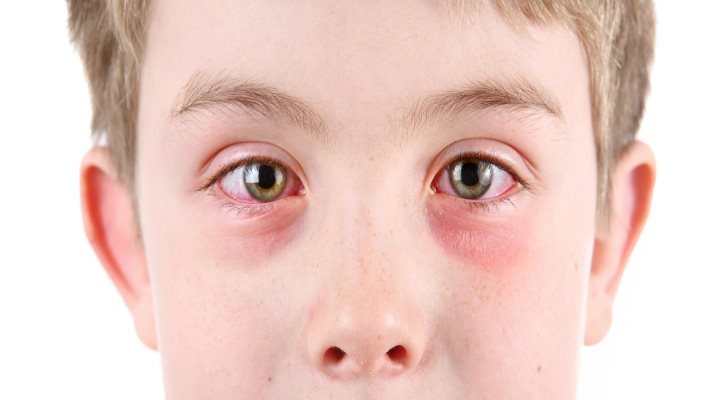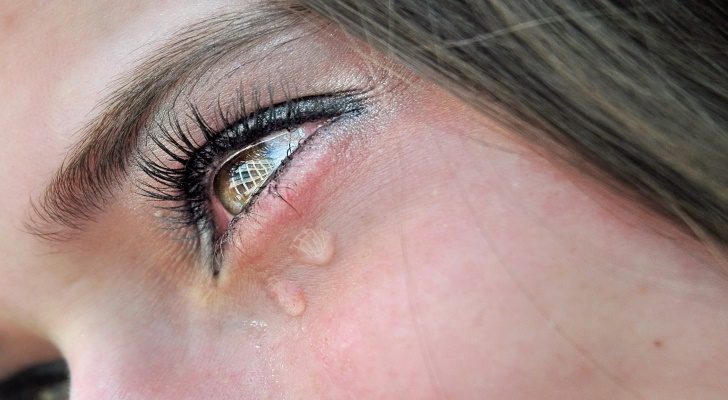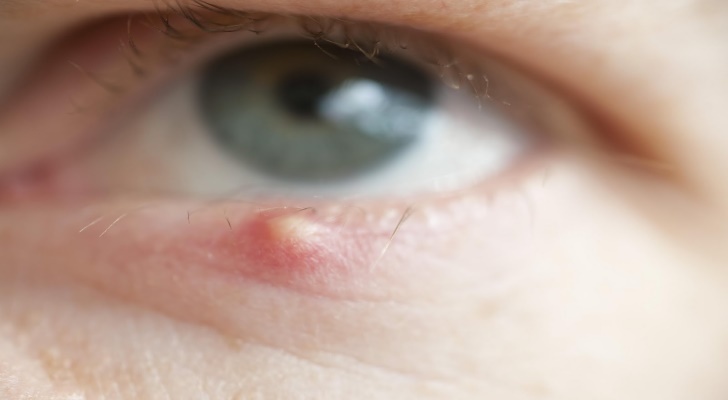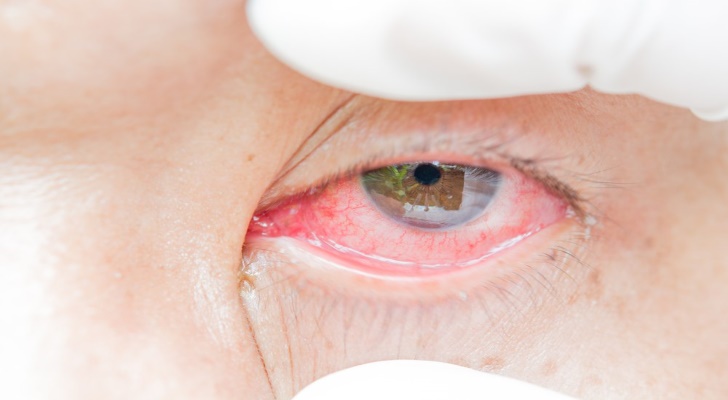Conjunctivitis Symptoms and Signs

If your eyes turn red for a while without a logical reason, it might be the first sign of conjunctivitis. Either one eye or both eyes seem pink or deep red. The rest of the eye, which is normally white, gets pink or red as well. In other words, the eyes look like some foreign body got into them, or you’ve been crying hard. This symptom is also called a bilateral involvement.

The second symptom of conjunctivitis is the feeling that your eyes are burning. Stinging eyes may mean that you should take a rest and stop working with your computer. However, in some cases, it refers to the pink eye. Patients notice this problem with one of the eyes at first, but it quickly spreads over to the neighboring eye. The intensity of burning varies from the low to medium and rather annoying burning.

Tumefaction is another common symptom of the pink eye. Because the conjunctiva gets swollen, an inflammation takes place. It can be noticed inside of the eyelids as well as membrane surrounding the white area of this organ. The tumor of this type won’t be seen with the naked eye – a patient can only feel it. A regular activity like blinking becomes a challenge when such swelling occurs. Except for the feeling of having tired eyes and poor vision, the person believes there is a foreign body in the eye, causing such discomfort.

Are your eyes feeling itchy? If no sand or other foreign bodies are discovered, it may a sign of conjunctivitis. Not every patient feels this discomfort in the same way. It all depends on the peculiarities of the organism. Scratching the damaged area does not help – the pruritus remains. Most of the patients understand it, but they just can’t persist the itchy feeling.

Your eyes might be emitting tears once you’re very sad, express some other emotions, or a foreign body gets inside. In other cases, tearing might be the symptom of conjunctivitis. The eyes may be overflowing with water. Usually, this sign can be noticed during such activities as playing video games, watching television, working with your computer, reading, etc. the patient can solve this problem by applying tissues carefully.

If you see red bumps around the eye, know that it’s another common symptom of conjunctivitis. Check whether your eyelids tumefy. When combined, these symptoms usually point to the pink eye. The swelling is most often observed in the conjunctiva. Patients who wear contacts notice the bumps under their eyelids. Doctors recommend switching to glasses until the illness passes.

If your eyes feel firm, it may be one more symptom you have a pink eye. When a person is sure there is something like sand in his eyes, but it’s not so, there are chances he is experiencing conjunctivitis. This feeling limits the movement of the eyelids. Compared to other signs of this disease, grittiness is gone really fast.

Seeing like in a fog. Foggy vision is quite a rare sign of conjunctivitis. Still, it is important to take it into account. To understand whether this symptom points to the pink eye, it is important to define its potential cause. Such types of pink eye syndrome as viral conjunctivitis and epidemic keratoconjunctivitis may lead to such vision. It may last even for several months.

Any pus-like signs in the area around or inside the eye are one more symptom of the pink eye. The patients who experience the bacterial type of this illness share they face a white-gray pus-like discharge. Doctors define it as a mucopurulent discharge. It includes mucus and pus. Most of the time, the pus-like signs appear in the eye’s corners. The patient may lose the ability to see well for some time.

Perhaps, the most confusing symptom is the respiratory infection. A patient might think he’s having the regular flu or cold, but, in fact, it can be the symptom of conjunctivitis. The thing is that this disease is the result of eyes interaction with certain bacteria or viruses which often are similar to the ones we experience when catching a cold. The patients feel weak, sneezing too often, the desire to a cough, and other signs that usually identify cold or allergy.
